Long shadow
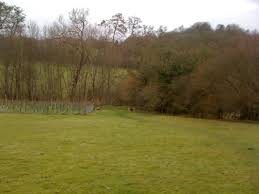 |
| Polstead, Suffolk. Site of the Red Barn murder |
There are some similarities to Two for sorrow - Josephine Tey is again a central character, and is rather more well-developed than she was in the earlier novel. Perhaps it was because I now knew what to expect in terms of the way the Josephine Tey character was treated, but I had none of the qualms or uneasiness with the character this time round as I had had before. Like Two for sorrow, much of the narrative involves a much earlier crime which proves to have unexpected repercussions long into the future. The crime this time is the famous case of Maria Marten (rightfully Martin), also known as the Red Barn murder.
As Tey gets drawn into the investigation a cast of fictional and factual characters (Tod Slaughter and Mrs. Simpson are just two of them) mesh seamlessly together in a compelling and thought provoking read.
Lucy Kyte is extraordinarily well written, it manages to combine effortlessly 2 strands of crime fiction, one Victorian, one set in the 1930s along with the true story of a notorious Victorian murder and the complex social mores of a Britain between the wars, while musing on the lives of women in the nineteenth and twentieth centuries. All this, and a chilling ghost story too. It's a superb piece of writing. Very enjoyable, often moving, occasionally creepy. I thoroughly recommend Nicola Upson's The death of Lucy Kyte.
 |
| Josephine Tey, probably photographed around the same period as The death of Lucy Kyte is set |
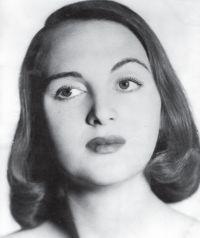

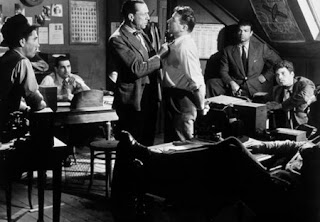
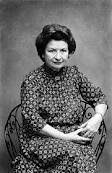

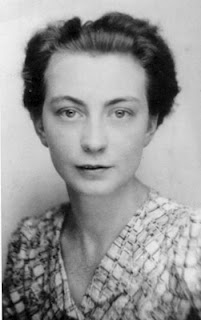


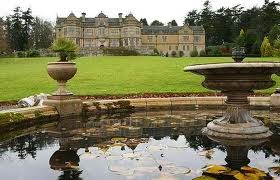
Comments